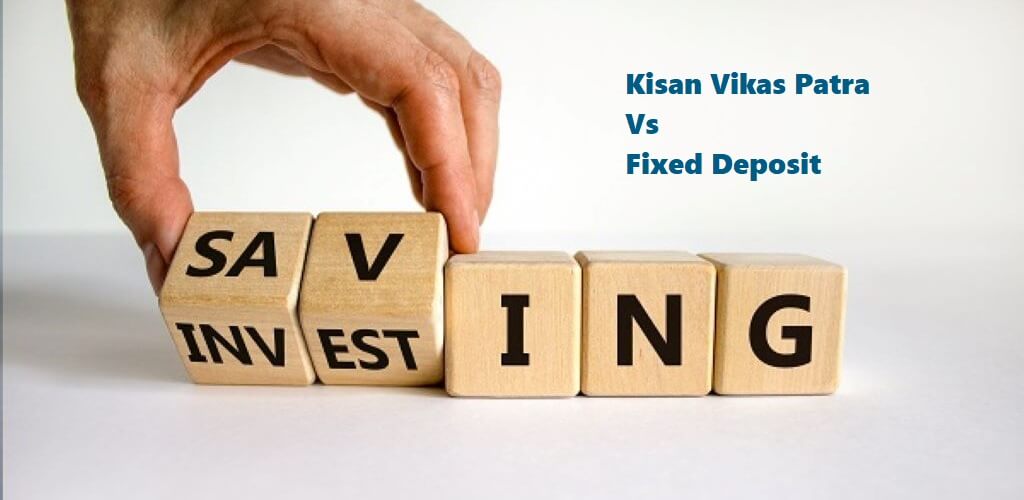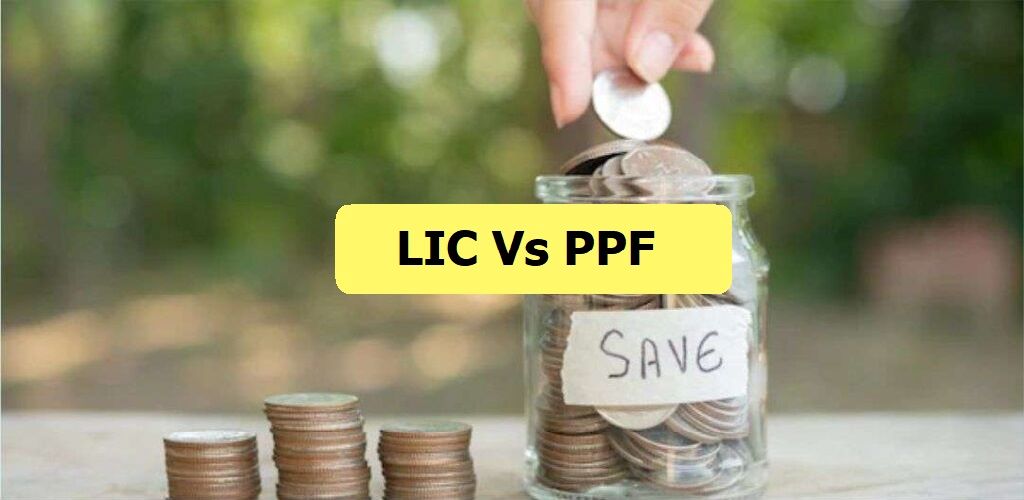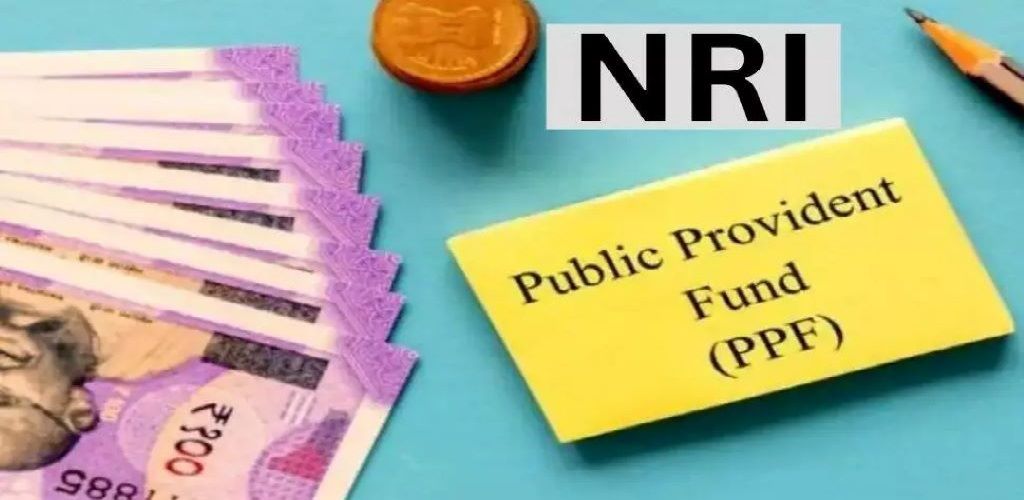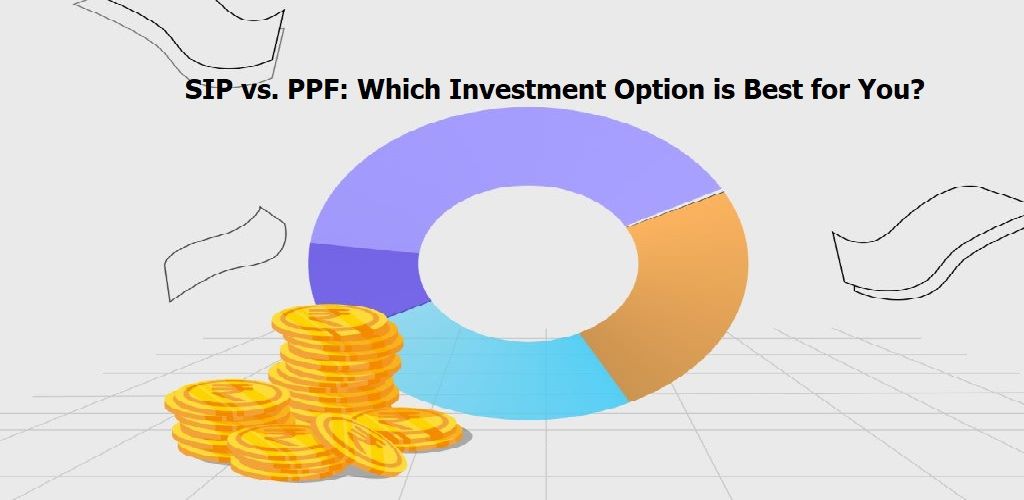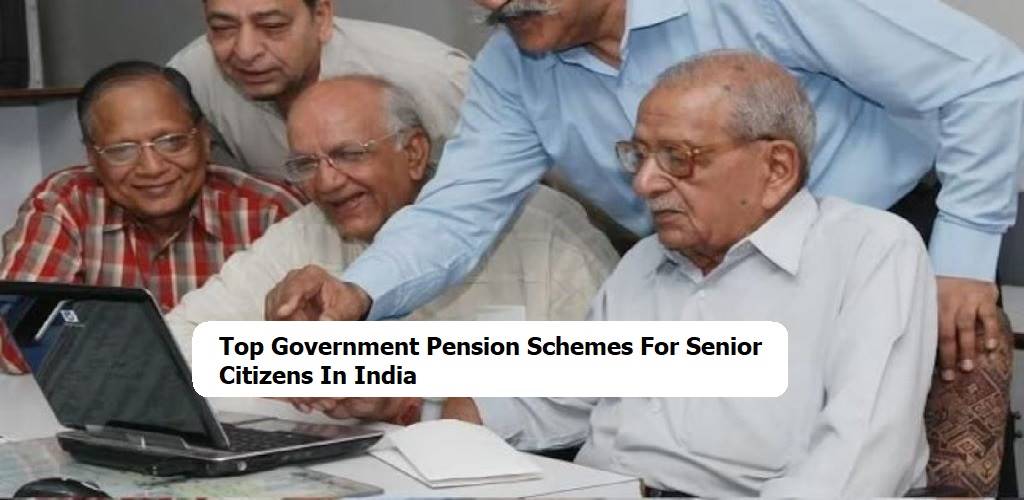Making informed decisions about investing surplus funds is a prudent financial strategy that empowers individuals to enhance their wealth and attain financial objectives. Two commonly considered options for investment are Kisan Vikas Patra (KVP) and Fixed Deposit (FD). While both KVP and FD offer secure and dependable avenues for investing money, they diverge in terms of features, benefits, and suitability for various investors.
Kisan Vikas Patra is a government-backed savings scheme initiated by the Indian Postal Department. Conversely, a Fixed Deposit is a financial instrument provided by banks and non-banking financial companies (NBFCs), enabling individuals to deposit a specified sum of money for a predetermined period at a fixed interest rate.
In this comparison, we will delve into the fundamental distinctions between Kisan Vikas Patra and Fixed Deposit. This exploration aims to assist you in making an informed decision regarding which option aligns with your investment requirements and preferences.
What is Kisan Vikas Patra (KVP)?
India Post introduced the Kisan Vikas Patra as a small savings certificate scheme in 1988 with the primary aim of promoting long-term financial discipline among individuals. According to the latest update, the tenure for the scheme is now set at 115 months (9 years and 5 months).
For this scheme, the minimum investment amount is Rs. 1,000, and there is no upper limit on the investment. If an individual invests a lump sum amount today, they have the potential to receive double the invested amount at the end of the 115th month. Originally designed for farmers to facilitate long-term savings, the scheme is now available to all individuals. The scheme’s structure provides an avenue for long-term financial planning and wealth accumulation.
The government mandated PAN card proof for investments above Rs. 50,000 in 2014 to prevent the potential for money laundering. You must provide proof of income (pay slips, bank statements, ITR paperwork, etc.) to deposit more than Rs. 10 lakh.
Eligibility Criteria
The following are eligible for investing in KVP:
- The candidate needs to be a citizen of India.
- The candidate needs to be older than eighteen (18).
- A grown-up may apply on behalf of a juvenile or an insane person.
- Non-resident Indians (NRIs) and Hindu Undivided Families (HUFs) are not permitted to invest in KVP.
What Are The Types Of Kisan Vikas Patra Scheme Accounts?
The KVP Scheme accounts are of three types –
- Single Holder Type
An adult is assigned a KVP certification in this kind of account. A certification may also be obtained by an adult on behalf of a juvenile; in this instance, the certification will be issued under their name.
- Joint A type
Two adult individuals each receive a KVP certification in the name of this account type. Both account holders would get the payoff in the case of maturity. However, in the case that one account holder passed away, just that one would be eligible to receive the same.
- Joint B Type
A KVP certification is granted in the names of two adults for this kind of account. In contrast to Joint A-type accounts, the payoff would be made to the survivor or one of the two account holders upon maturity.
Features and Benefits of Kisan Vikas Patra
The list mentioned below is the reasons to consider the KVP scheme.
- Guaranteed profits
Investors in this system are assured of receiving a guaranteed amount of money, irrespective of market volatility. This particular feature encourages increased saving by providing a level of certainty and security to investors, especially in the face of fluctuating market conditions.
- Compounding Interest
The interest rate for Kisan Vikas Patra (KVP) tends to fluctuate, and these variations are contingent on the specific year in which an individual invested. As of the financial year 2023-2024, the interest rate stands at 7.5%. It’s important to note that the interest accrued on the invested amount is compounded annually, contributing to the potential for higher returns for individuals over time.
- Time Horizon
The Kisan Vikas Patra (KVP) scheme operates with a time horizon of 113 months. Upon the completion of this specified period, the scheme matures, and the holder is entitled to a corpus. If individuals opt to withdraw the proceeds beyond the maturity period, the amount continues to accrue interest until the point of withdrawal, providing an opportunity for further growth even after the scheme’s maturity.
- Cost of Investment
Individuals have the flexibility to deposit money into the Kisan Vikas Patra (KVP) scheme with a minimum of Rs. 1,000, and there is no upper limit on the investment amount. However, the deposited sum must be in multiples of Rs. 1,000. It’s important to note that if the investment exceeds Rs. 50,000, PAN details are required.
- Taxation Method
Amounts withdrawn post maturity from the Kisan Vikas Patra (KVP) scheme are exempt from Tax Deducted at Source (TDS). It’s important to note, though, that the KVP scheme does not qualify for any tax deductions under Section 80C of the Income Tax Act. While the interest accrued is liable to be taxed, the maturity amount itself is not subject to TDS, providing some flexibility for investors in terms of tax implications.
- Nomination
In the Kisan Vikas Patra (KVP) scheme, individuals have the option to designate a nominee. To do so, they need to fill out a nomination form, provide the necessary details of their chosen nominee, and then submit the form. It’s worth noting that individuals can even choose a minor as their nominee, offering a degree of flexibility in selecting beneficiaries for the scheme.
- Loan Against a Certificate
Individuals holding investments in the Kisan Vikas Patra (KVP) scheme have the option to avail of a loan against their investment. The KVP certificate serves as collateral when applying for a secured loan. This allows individuals to secure a loan at a relatively lower interest rate compared to unsecured loans.
What is a Fixed Deposit?
In India, one of the most well-liked investment choices is a fixed deposit. Many people place a large percentage of their funds in fixed deposits because they believe they are the greatest option for investments. What, though, is a fixed deposit?
A fixed deposit is a kind of deposit where a certain amount of money is held for a predetermined amount of time. On the other hand, the investor chooses how long the fixed deposit will last. This term could be several years or only a few days. Fixed deposits offer a set rate of interest to the depositor in exchange for locking in these funds. Rates for fixed deposits vary throughout banks. The process of opening a fixed deposit is very easy and can be completed offline or online.
Who is eligible to enroll in it?
Opening a fixed deposit account is simple. The following lists the necessary paperwork and requirements for eligibility to apply for an FD:
- To determine whether you have the funds to apply for an FD, you must research the minimum investment amount required by the bank or NBFC of your choosing.
- If you were an Indian citizen living in India, it would be ideal. For those outside of India, Non-Resident Ordinary (NRO) and Non-Resident External (NRE) FDs are also offered.
- Identity proof such as a voter ID, passport, Aadhaar card, PAN (Personal Account Number) card, or any other form of government-approved identification must be submitted.
- Proof of address is also necessary. You can apply for a fixed deposit by submitting a phone bill, electricity bill, bank statement with a check, or any other document that verifies your address.
Exploring the Types of Fixed Deposits to Invest in
In India, a wide variety of fixed deposit options are offered. Depending on your financial objectives, you can invest in an FD that will provide the tenure and interest rate you require. The types of FDs you can apply for are as follows:
- Standard
The type of FD account that is offered by all banks and NBFCs is called a standard one. Money can be deposited into this account at the bank’s predefined interest rate for a set duration. The duration of this deposit can be anywhere from seven days to ten years, depending on the banking institution of your choice.
- Cumulative
A cumulative account, like regular fixed deposits, necessitates that you invest your money over a predetermined time frame. The main distinction is that you can earn more interest than you would with a regular savings account, provided you don’t remove your money too soon.
- Non-cumulative
If your monthly expenses are dependent on the interest on your investments and you have a limited income, a non-cumulative fixed deposit would be ideal for you. You have the option to choose between a monthly or quarterly interest payout.
- Corporate
A corporate FD is the deposit made with a company. NBFCs are included in this group as well. Schemes for corporate fixed deposits give you better returns on your investments. To guarantee your investment, you may always look up the company’s credit rating.
- Tax-saving
These deposits, as the name implies, save taxes and are offered by nearly all institutions. Up to Rs. 1.5 lakh in tax exemptions are available to you annually. There is a five-year lock-in term on this kind of fixed deposit, during which you are not allowed to break the agreement or take early withdrawals.
- Senior citizen
A senior citizen FD entitles you to several perks, but you have to be older than 60 to be eligible for these services. An extra interest rate of 0.50%* p.a. over standard interest rates is the best perk available to seniors. Seniors can benefit greatly from long-term FDs and earn additional interest.
Should You Invest in FD? Let’s Find Out
If you are in a dilemma about whether to choose FD for investment, let’s discuss the reasons that will make you think twice.
- Saving Habit
Creating an FD account helps you learn a valuable financial lesson: saving. You will learn to save more and more going forward if you acquire the taste of saving and understand the magic of interest in addition to your savings. This will lessen the tendency to spend money on things that aren’t necessary.
- Guaranteed Returns
Even the payment of a capital investment may not be guaranteed with many investment instruments due to market changes. On the other hand, the FD account guarantees the promised return of the original amount as well as an interest component after the deposit duration.
- Flexibility
A deposit tenure can be selected under your needs and convenience. You can deposit the funds for as little as seven days or as much as ten years, allowing them to accrue interest on their own.
- No Maintenance
Unlike mutual funds and equities, where active management and monitoring are often necessary, investing in a fixed deposit (FD) allows for a more straightforward approach. Once you deposit the money into an FD account, there is no need for continuous monitoring or active management. FDs offer a relatively passive investment option, providing a sense of stability and predictability.
- Easy Liquidity
Fixed deposits (FDs) offer significant liquidity, allowing you to prematurely withdraw funds at your convenience. It’s important to note that breaking an FD may result in a lower interest rate than initially agreed upon. Despite this, the process of breaking an FD is straightforward, and you can expect to receive your funds within one working day.
- Safety
In Ife bank where you have deposited money and face a default, there’s a safety net in place. You can take comfort in the fact that, as of February 4, 2020, you are eligible for a maximum compensation of Rs 5 lakh from the Deposit Insurance and Credit Guarantee Corporation (DICGC).
- Tax Benefit
When you invest in a tax-saver FD scheme with a minimum lock-in period of five years, you become eligible for a tax deduction under Section 80C. This allows you to claim a deduction of up to Rs. 1.5 lakh on the amount invested, providing a tax-saving benefit for individuals looking to optimize their financial planning and reduce their taxable income.
Comparison of KVP and FD with the help of an Example
Here’s an example comparing Kisan Vikas Patra (KVP) and Fixed Deposit (FD) using hypothetical values:
Scenario:
Suppose Mr. Sharma has a surplus amount of Rs. 1,00,000 that he wants to invest for 5 years. He wants to compare the returns he would earn by investing in KVP or opening a Fixed Deposit in a bank.
Kisan Vikas Patra:
Assuming the government has set the interest rate for KVP at 7% compounded annually.
Investment: Rs. 1,00,000
Interest Rate: 7.5% (compounded annually)
Tenure: 5 years
Calculation:
After 5 years, the investment in KVP would grow as follows:
Principal amount: Rs. 1,00,000
Interest earned: Rs. 1,00,000 x 7.5% = Rs. 7,500 per year
Total interest earned over 5 years: Rs. 7,500 x 5 = Rs. 37500
Total maturity amount: Principal amount + Total interest earned = Rs. 1,00,000 + Rs. 37500 = Rs. 137500
Fixed Deposit:
Assuming Mr. Sharma chooses a bank that offers an interest rate of 6.5% compounded annually for a 5-year FD.
Investment: Rs. 1,00,000
Interest Rate: 6.5% (compounded annually) (The rate of interest varies)
Tenure: 5 years
Calculation:
After 5 years, the investment in the Fixed Deposit would grow as follows:
Principal amount: Rs. 1,00,000
Interest earned: Rs. 1,00,000 x 6.5% = Rs. 6,500 per year
Total interest earned over 5 years: Rs. 6,500 x 5 = Rs. 32,500
Total maturity amount: Principal amount + Total interest earned = Rs. 1,00,000 + Rs. 32,500 = Rs. 1,32,500
In this example, by investing Rs. 1,00,000 in Kisan Vikas Patra with a 7.5% interest rate, Mr. Sharma would receive a maturity amount of Rs. Rs. 137500 after 5 years. On the other hand, if he chooses a Fixed Deposit with a 6.5% interest rate, the maturity amount would be Rs. 1,32,500.
Which is a Better Investment Option: KVP or FD?
Deciding between Kisan Vikas Patra (KVP) and Fixed Deposit (FD) as the best investment option depends on individual preferences, financial objectives, and risk tolerance. The optimal choice for one person may not necessarily suit another. If liquidity and flexibility are a priority, FDs might be a better option, given their typically more lenient terms for premature withdrawal, even though it may come with penalties or loss of interest. In contrast, KVPs have a mandatory lock-in period of two and a half years, making them less flexible in terms of withdrawal options during that time frame. The choice between the two should align with your specific financial needs and goals.
Both Kisan Vikas Patra (KVP) and Fixed Deposit (FD) are widely regarded as safe investment options. KVPs are backed by the Government of India, offering investors a secure avenue for their funds. Similarly, FDs provided by reputable banks and Non-Banking Financial Companies (NBFCs) are considered safe, particularly when they are insured under the Deposit Insurance and Credit Guarantee Corporation (DICGC), providing coverage of up to Rs. 5 lakh per investor per bank. These safety features contribute to the confidence investors have in choosing KVPs or FDs as secure and reliable investment instruments.
Frequently Asked Questions
Here is the list of the frequently asked questions related to the KVP scheme and FD.
The bank will credit the linked savings account kept with the bank with the maturity amount, which includes the principal and interest amounts.
A nominee should always be appointed for your fixed-rate account (FD) at the time of account opening and any point before maturity.
Generally speaking, obtaining a loan against FD won’t include a processing fee. That might, however, change according to the bank you speak with. Up to 60%–75% of the deposit amount may be lent to you.
Since KVP is not eligible for the 80C deductions, the returns are fully taxed. Withdrawals made after the scheme matures, however, are not subject to tax deduction at source (TDS).
The due amount will be promptly credited to the certificate holder’s bank or post office savings account upon the scheme’s maturity. Therefore, the post office or bank where the KVP was issued can process its encashment. You must turn in the identity slip that was assigned to you at the time of issuance to pay the check.
If the Post Office verifies that you initiated KVP and accepts your identity slip, you can encash KVP at any location. If you could encash your KVP at the Post Office where it was issued, it would make things a lot easier for you.

